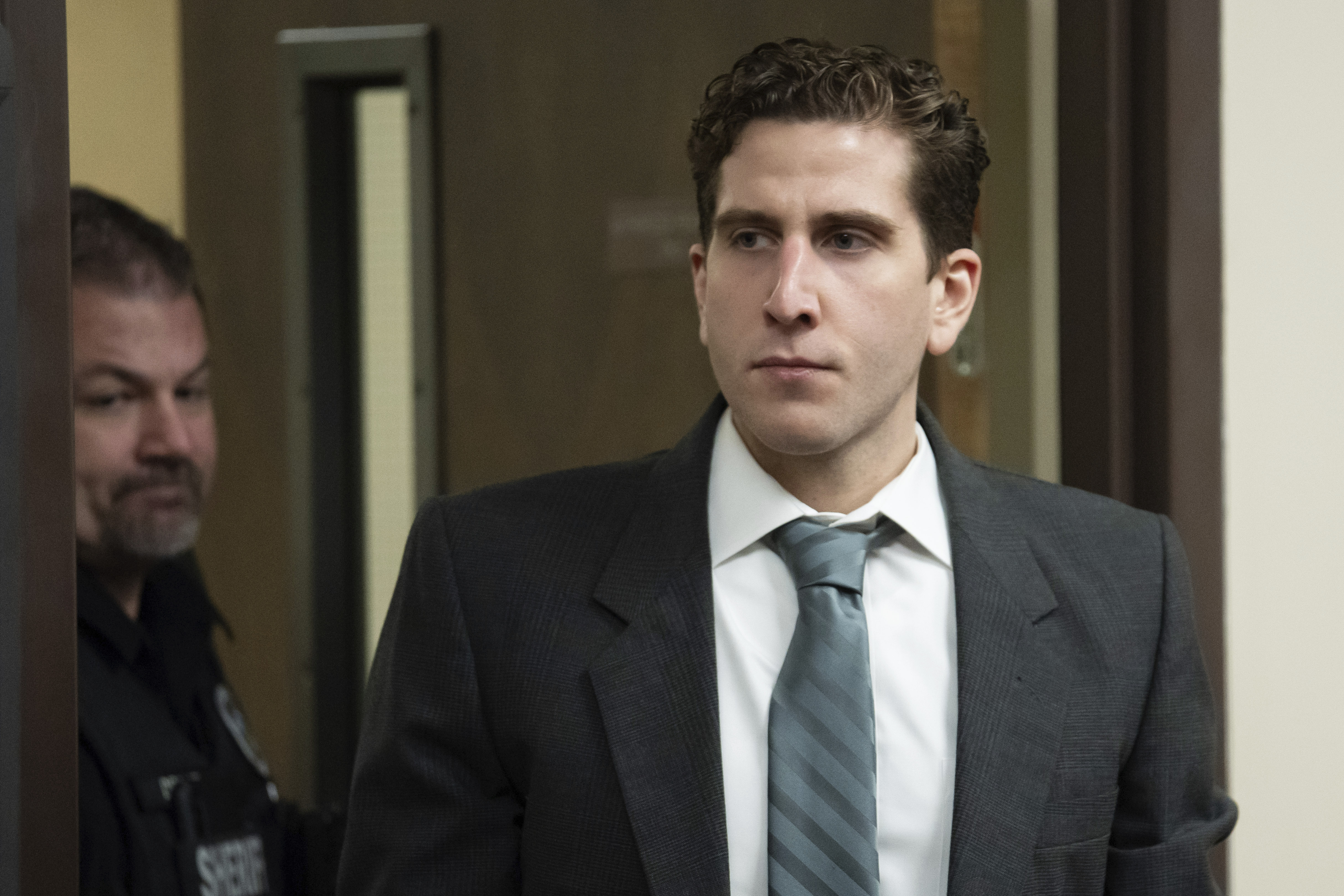An attack on 18-year-old Cuban-American and Parkland activist Emma González for not speaking Spanish by an Iowa Republican congressman's campaign staff highlights the pressures U.S.-born Latinos face on language.
"This is how you look when you claim Cuban heritage yet don't speak Spanish and ignore the fact that your ancestors fled the island when the dictatorship turned Cuba into a prison camp, after removing all weapons from its citizens; hence their right to self defense," read a meme with Gonzalez's photo that was posted on Rep. Steve King's campaign Facebook page.
After facing criticism for attacking the teenager, King's campaign team deleted the post.
The use of Spanish by U.S. Hispanics has long been a hot political topic. But rarely has a Republican, who has advocated for harsh immigration restrictions, criticized a Latino for not speaking Spanish well. Usually, politicians complain about the proliferation of Spanish in the public sphere and what it means about spikes in immigration.
Here's a look at how the use of Spanish language has played a role in defining U.S.-born Latinos:
THE ENCOUNTER
White Southerners fought along bilingual Tejanos at the Alamo during the Texas revolution. But after Texas declared its independence in 1836, Mexican Americans began facing discrimination there, and officials began conducting business in English only.
As the U.S. gained territories in the Southwest that formerly belonged to Mexico, white land speculators illegally seized land owned by Mexican Americans despite guarantees outlined in the Treaty of Guadalupe Hidalgo that ended the U.S.-Mexican War.
U.S. & World
Court proceedings were conducted in English, creating more barriers for Latinos to dispute land grabs and discrimination. Poor, segregated schools also prevented Mexican-American children from obtaining strong English literacy for generations.
PHYSICAL ABUSE
To halt Latino children from speaking Spanish in school, teachers and principals throughout the Southwest physically punished them for using Spanish.
In Los Angeles as late as 1968, high school students were paddled for blurting out Spanish phrases. Bobby Lee Verdugo, 67, remembers being paddled often in front of classmates for speaking Spanish.
"He tried to make a joke about it when it happened," said Yoli Rios, 67, a classmate who later became his wife. "But I know it was painful."
The treatment prompted Verdugo to join the 1968 Los Angeles walkouts that forced the schools to end punishment for speaking Spanish and later introduced bilingual education classes. Students also staged walkouts in Houston.
Irene Vasquez, chair of Chicana and Chicano Studies Department at the University of New Mexico, says that activism gave rise to the "English-only" movement in several states.
The conflict over Spanish was evident in Marfa, Texas, during filming of the 1956 movie "Giant," which was directed by George Stevens and starred Liz Taylor and James Dean. Although the movie was about the racism Mexican Americans face, the children who were cast as extras were prevented from speaking Spanish at their real-life segregated school.
The teachers made students write Spanish words on paper, placed those papers in a box and buried "Mr. Spanish" in a symbolic funeral in front of Marfa's Blackwell School, according to the 2015 PBS Voces documentary "Children of Giant."
IN POLITICS
During the 1960 presidential election, Jacqueline Kennedy recorded what is believed to be the first Spanish-language television ad targeting U.S. Latinos. She urged Hispanics to vote for her husband, Sen. John F. Kennedy, for president. Viva Kennedy! clubs sprang up throughout the Southwest and helped give Kennedy a tiny edge to defeat Richard Nixon.
Since then, there have been prominent Spanish-language ads targeting Latino voters. Texas Republican Sen. John Tower, for example, used a Spanish ballad in a TV ad to win a close re-election by capturing 37 percent of the Hispanic vote.
George H.W. Bush featured his Spanish-speaking daughter-in-law in a television commercial during his successful 1988 presidential campaign. Former President George W. Bush used Tejano singer Emilio Navaira in his bid for re-election as Texas governor, and later, spoke Spanish on the campaign trail during his 2000 presidential race.
TRENDS
More than 37 million Latinos in the U.S. speak Spanish at home. But recent studies show that the percentage of Hispanics who speak Spanish at home has declined over the last decade.
The Pew Research Center found that the percentage dropped from 78 percent to 73 percent.
According to Pew, some 89 percent of Hispanic children and 94 percent of Latino Millennials who are born on the U.S. mainland speak English proficiently.
When Emma González spoke at the "March for Our Lives" rally Saturday, she galvanized the crowd and television audiences with a speech about gun control, in English. Univision reports she does not speak Spanish.



